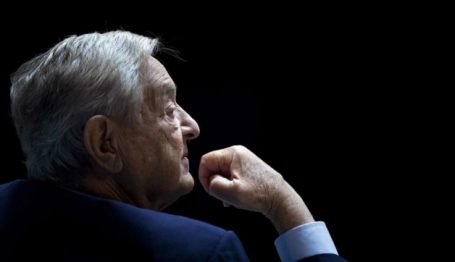Uncategorized
Small Towns and Hard Working Nuns
Apparently our colleague EducationWatch director Phil Brand is quickly trucking his way across America’s heartland on his American Schools Tour. Check out the highlights from this post regarding his visit to Cleveland Central Catholic High School:
Enrollment at CCCS is up thanks to the Cleveland Scholarship and Tutoring Program (CSP). Passed in 1996, the Cleveland program provides families of meager means with a government education voucher, which they can use to help cover tuition costs at area private schools, including religious schools.
The U.S. Supreme Court ruled this school program constitutional in a path-breaking 2002 case, Zelman v. Simmons-Harris. The Court concluded that the Cleveland program offered “true private choice” and is “neutral in all respects toward religion.”
Only students in grades K-8 are eligible to apply for the CSP vouchers. However, once in the program, a student can continue to receive the voucher through high school. As a result, a sizable majority of Cleveland Central Catholic’s students are voucher students.
And of course, don’t miss the post regarding the accidental choice of a school to visit in a “small town” that any hardcore Celtics fan (Phil is a big one) should make a required pilgrimageto: the hometown of Larry Bird.
I wasn’t aware of this history when I pulled into the parking lot of Springs Valley High School, which serves both French Lick and West Baden Springs. I came for a different history: to see the high school where Larry Bird played basketball. The NBA star would lead the Boston Celtics to three championships during the 1980’s (see video above). As I snapped a picture of the school gymnasium, it was clear that the students eating lunch there didn’t share my sense of awe. Living in a place normalizes it, while idolatry is experienced at a distance.
I met the school’s athletic director, who was Bird’s middle school basketball coach 40 years ago. He told me that Bird was only a mediocre player in middle school. “Then he shot up six inches and played basketball nonstop.” He smiled fondly and reminisced about the times when the gym used to fill up when Bird played. “We had thousands of people in here for his games; we were way over fire code.” Visitors still regularly come to the school from around the country and across the world to see where Bird played ball. Today, the girls’ athletic teams are better across the board that the boys’, but neither basketball team has been a powerhouse for years.
High school sports can be fun, even if you’re not the next Larry Bird. Most of my friends in high school were guys on my sports teams. I know I am not alone in this; friendships are often easiest formed when people share a common experience, shoulder to shoulder. I learned skills and values—hard work, discipline, teamwork, how to celebrate a win and accept a loss—that are helpful in academics and life. Sports gave me an identity, and also a clear sense of limits. I went to high school in New Hampshire, where basketball isn’t that big a deal, and when I was on it our basketball team was terrible. But it still drew most of the parents and many other community members together on Friday nights. Indiana is a huge basketball state, and high school basketball is a bigger deal for many communities. In the movie Hoosiers, inspired by the true story of Milan High School, a small Indiana high school that won the state basketball championship in 1954, the whole town is caught up in the team.
Sports can be overdone, to the point where they become the central purpose of school, with academics playing only a supporting role. Sports need to be kept in perspective, and like any activity, they aren’t for everyone. But for some students, they’re the only reason they come to school. And recently, British Prime Minister Gordon Brown recognized the positive role competitive sports play in schools, and called Britain’s goal of reducing the competitive element in school sports a “tragic mistake,” one which he planned to correct.



